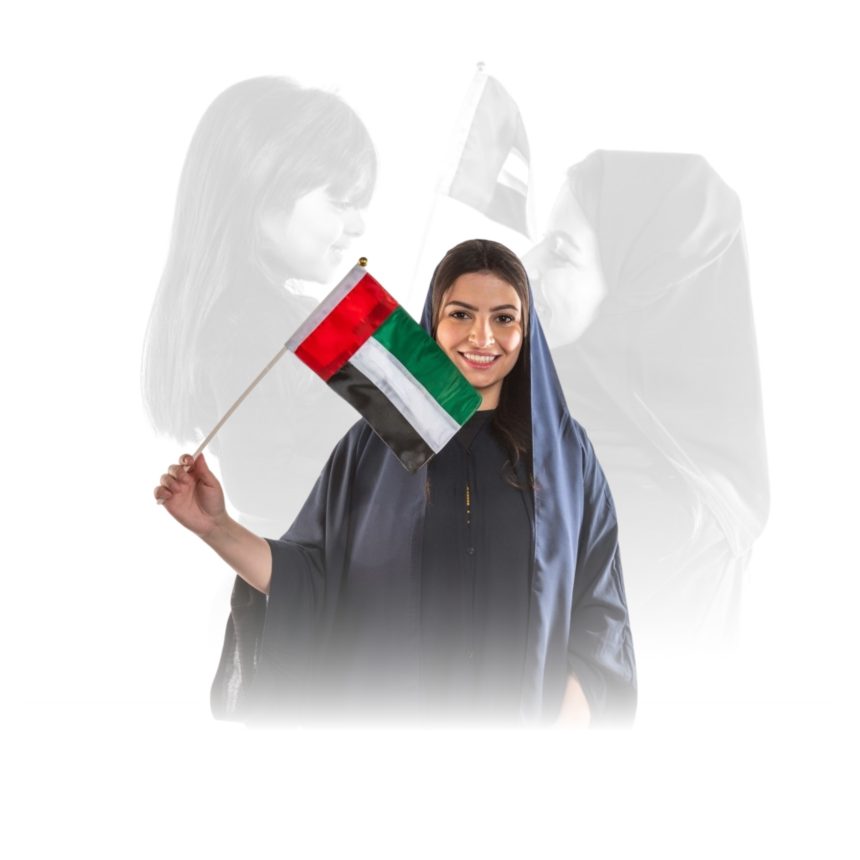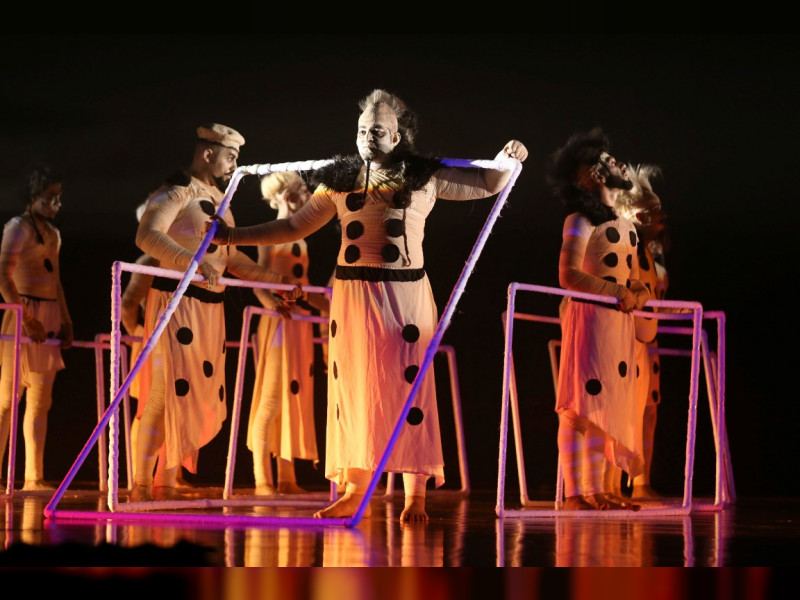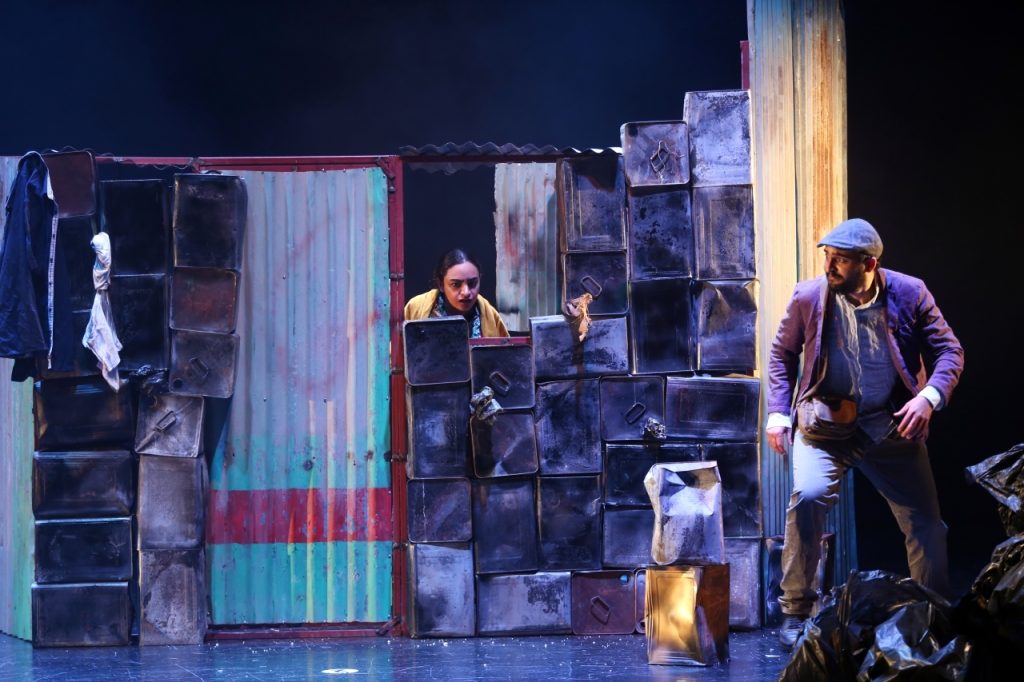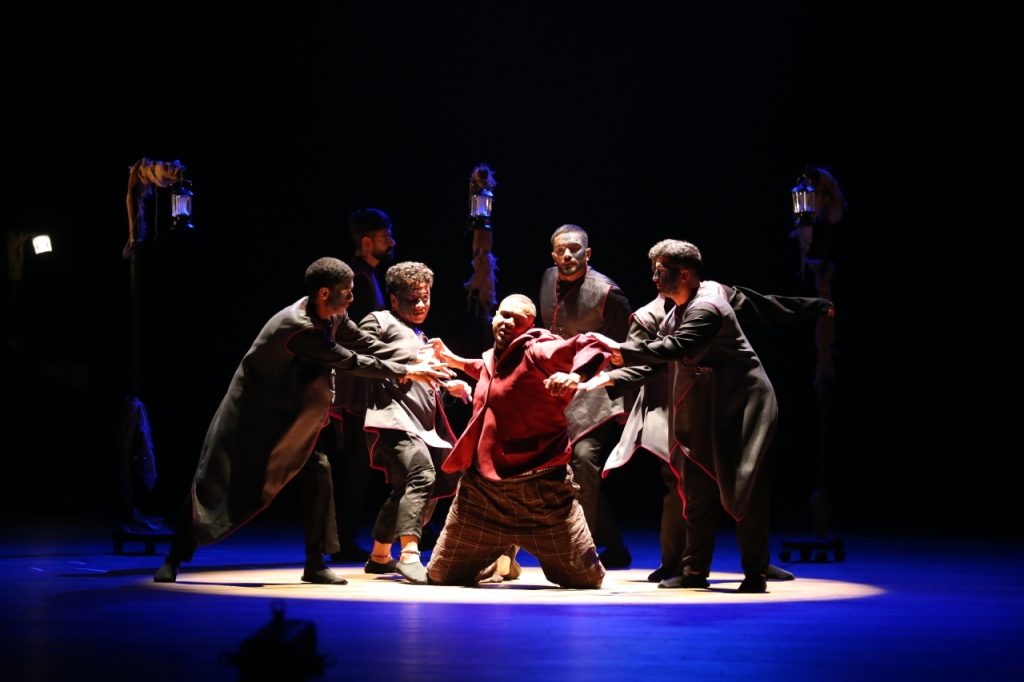Dubai is gearing up for the 15th Dubai Festival for Youth Theatre.
As the curtain rises on the 15th Dubai Festival for Youth Theatre in October, the spotlight is on “scenography”.
Scenography plays a pivotal role in developing young creators’ visual skills within a collaborative environment.
It allows participants to immerse themselves in imaginative and analytical processes.
Translating design concepts into complete worlds on stage.
Scenography: A Key Player in Theatre
Scenography encompasses vast possibilities, including innovations in theatrical direction, set design, costumes, lighting, and accessories.
It’s about envisioning and realizing the visual framework for a theatrical production.
These intensive training courses and summer workshops strike a balance between conceptual and technical learning.
Participants work closely with skilled artists and practitioners in the field of performing arts and design.
They explore the immense potential within the realm of theatrical innovation, creating immersive environments that enhance storytelling.

Let’s delve into the magical world of Scenography:
The Power of Imagination:
Scenography begins with imagination.
It’s about visual storytelling—creating a comprehensive language for a performance that encompasses all artistic and technical aspects.
It sets the stage and establishes the atmosphere, involving precise choices of stage elements, backgrounds, and tools.
Related to time and place, immersing the audience in the story.
Collaboration and Craftsmanship:
Scenography workshops foster collaboration among directors, designers, and performers.
Together, they ensure that the physical environment enhances performance rather than hindering it.
From hidden doors and rotating platforms to movable props, scenography considers every detail.
Lighting design, a vital aspect, significantly influences mood and tone during the show.

Costume Design:
Another essential element of scenography is costume design.
It defines characters, establishes historical or cultural contexts, and enriches the visual narrative.
Scenography creates a cohesive visual experience that immerses the audience and leaves an unforgettable impression.
By integrating elements of set design, lighting, and costumes.
Balancing Creativity and Practicality:
Scenographers must be both imaginative and technically skilled.
They analyze the power centers within the script and translate them into visual forms on the stage.
While the director’s detailed vision can sometimes challenge the scenographer’s creativity.
Mentioning that collaboration ensures a well-rounded approach before the performance.
His Excellency Sheikh Nahyan bin Mubarak Al Nahyan, Minister of Tolerance and Coexistence, today inaugurated the “Emirati Women and the Making of the Future” conference, which is organized by the Ministry of Tolerance and Coexistence in cooperation with the General Women’s Union,… pic.twitter.com/d6gDWYaxtQ
— UAE Voice (@uae_voiceeng) August 29, 2024
Enhancing Performance:
Scenography facilitates actors’ movement and interaction on stage.
Meticulously designed sets allow seamless transitions between scenes.
It provides the necessary tools and spaces for actors to bring characters to life within the theatrical space.
In summary, scenography is more than just set design.
It’s the art of creating immersive worlds that amplify the narrative, enveloping the audience in a magical experience.
By blending innovation, creativity, and the enchanting spirit of theater, it enriches the entire performance.







